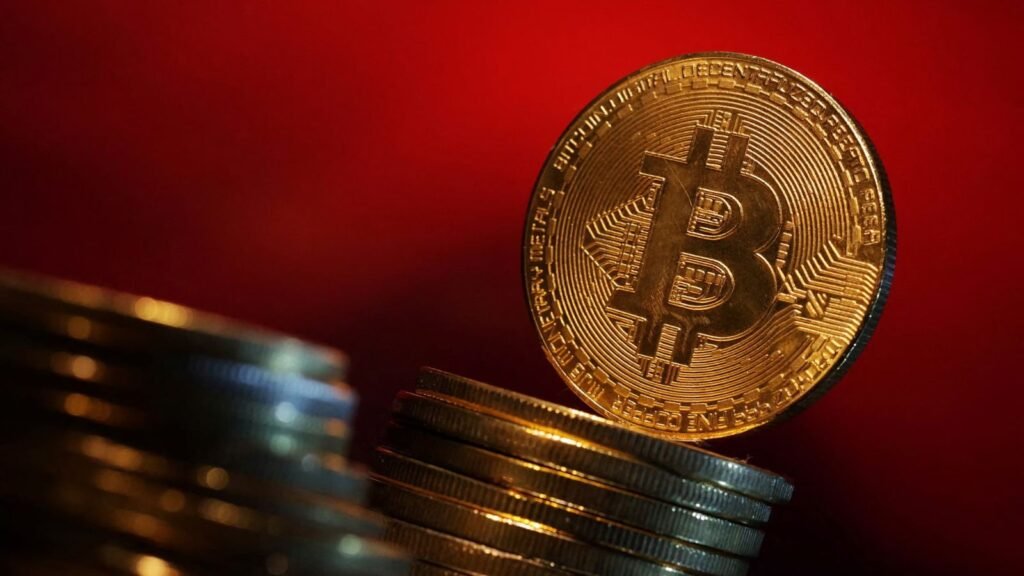Crypto assets raise concerns about monetary sovereignty, financial stability, and risks like money laundering. However, with the GENIUS Act, the US is backing stablecoin — a crypto backed by the full faith of USD. Maybe it is time to evaluate the pros and cons of a well-regulated rupee-backed stablecoin.
The following factors can be considered when evaluating the benefits and risks of a rupee-based stablecoin.
A clear and robust regulatory framework is essential for launching a rupee-based stablecoin. The RBI took the initiative on Central Bank Digital Currency (CBDC), the e-rupee. The same experimentation and inquisitiveness are required for a rupee-based stable coin. We can adopt a framework similar to the US GENIUS Act, which treats stablecoins as distinct financial instruments. This would involve defining stablecoins as digital tokens backed 1:1 by INR, held in cash, bank deposits, or government securities. It would also need mandating reserve requirements, regular audits, and redemption rights to ensure transparency and user trust.
A rupee-backed stablecoin is uncharted territory. It will require close coordination between the RBI, Securities and Exchange Board of India (SEBI), and the Ministry of Finance. Together, they would regulate stablecoin issuers to prevent known risks such as loss of monetary control and unknown risks. Secondly, they would need to ensure compliance with anti-money laundering (AML) and know-your-customer (KYC) regulations.
The RBI’s regulatory sandbox could pilot rupee-backed stablecoins, allowing private players to innovate under controlled conditions before full-scale deployment. India could align its framework with guidelines from the Bank for International Settlements (BIS) and Financial Stability Board (FSB), which emphasise reserve backing, operational resilience, and consumer protection.
Building a rupee-based stablecoin also requires a robust technological foundation, leveraging India’s digital infrastructure. The issuing of the stablecoin using a permissioned or public blockchain (for example, Ethereum, Polygon, or a custom blockchain like the RBI’s e-rupee) is the way forward. Distributed Ledger Technology (DLT) can ensure transparency and immutability.
The stablecoin should be linked to India’s digital public infrastructure (DPI), such as the Unified Payments Interface (UPI) for seamless domestic transactions, and rely on Aadhaar-based eKYC for user onboarding and compliance. The stablecoin should be designed with smart contracts to enable programmable payments, such as instant settlements for remittances, tokenised export contracts, or direct benefit transfers (DBTs).
Story continues below this ad
It is also important to ensure the stablecoin can operate offline (like the e-rupee) to cater to rural and semi-urban areas with limited internet access.
It will need regular third-party audits (similar to USDC in the US) to verify reserve backing and ensure the stablecoin’s redeemability. The stablecoin could be issued by the RBI or a company promoted by a consortium of regulated financial institutions or Private entities (eg, fintechs or crypto exchanges) under strict regulatory oversight.
Rupee-backed stablecoin has several advantages. It would protect Indian users from foreign exchange volatility and reduce reliance on foreign currencies. Integration with India’s remittance and trade ecosystems will drive demand for INR-backed stablecoins. A rupee-based stablecoin could address several economic pain points and enhance India’s financial ecosystem.
- India is the world’s largest recipient of remittances ($125 billion annually). Stablecoins could reduce transaction costs by up to 90 per cent and enable instant settlements, benefiting migrant workers and their families.
- Cross-border trade: Tokenising export contracts on blockchain could streamline payments for small and medium enterprises (SMEs) and enhance India’s trade efficiency.
- Financial inclusion: Stablecoins could complement the e-rupee and provide access to digital finance to underserved populations, especially in rural areas.
- Soft power and global reach: An INR-backed stablecoin could increase the rupee’s global adoption, reducing reliance on USD-based stablecoins and enhancing India’s fintech influence areas.
- Lower cost of borrowing: The entity issuing rupee-based stablecoin will borrow at zero to low interest rates. It can share the benefit with the issuing banks or the GOI.
Launching a rupee-based stablecoin requires coordination among multiple stakeholders. The RBI would lead regulatory oversight, while the Ministry of Finance and SEBI could define taxation and trading rules. Fintechs, crypto exchanges, and global players like PayPal and Visa could develop and integrate stablecoin solutions. Banks could hold reserves and provide redemption services. Collaboration among blockchain developers and the Reserve Bank Innovation Hub (RBIH) to build the technical infrastructure.
A suggested roadmap could include a three-phase implementation.
Story continues below this ad
In the first phase, a regulatory framework, pilot INR-backed stablecoins in the RBI sandbox, and integration with UPI and e-rupee. In the second phase, expand to remittances and SME payments, with RBI-regulated issuers and audited reserves. In the third and final phase, scale nationally and explore cross-border applications, aligning with global stablecoin frameworks.
India can launch a rupee-based stablecoin by developing a clear regulatory framework, leveraging its digital infrastructure, and ensuring appropriate regulatory oversight and transparency. By integrating with UPI and the e-rupee and focusing on use cases like remittances and trade, India could position itself as a leader in stablecoin innovation, enhancing financial inclusion and global fintech influence. Public-private partnerships will be critical to testing and scaling this initiative.
As Victor Hugo said, nothing is more powerful than an idea whose time has come. Rupee-backed stablecoin on balance is an idea whose time has come.
The writer is MD, Kotak Mahindra AMC








